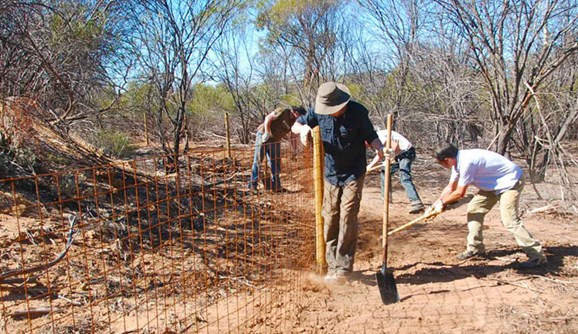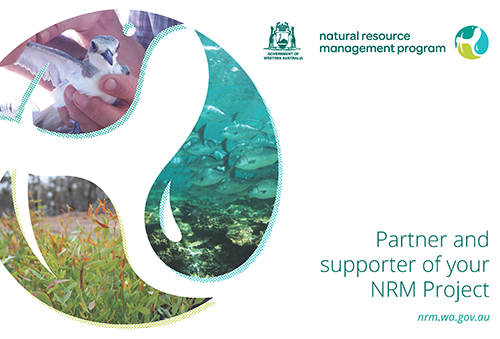Goat control on Charles Darwin Reserve

Charles Darwin Reserve is a 68 000 ha conservation reserve on privately owned land. It contains some of the largest areas of intact native vegetation in the wheatbelt, including large stands of York gum and salmon gum woodlands, which have largely been cleared elsewhere in the region.
The reserve also provides habitat for at least 11 threatened species, and additional significant species continue to be discovered.
Erosion and overgrazing caused by feral goat activity is threatening the health and survival of significant vegetation communities and threatened species within the reserve, particularly around watering points. Restricting access to watering points and trapping has proven to be effective in reducing feral goat numbers.
State NRM Program funds were used by this project to fence two watering points (dams) on the reserve. Spear traps were also installed to allow for ongoing management of goat numbers.
Investment: $ 19 000
Delivery organisation: Bush Heritage Australia
Project duration: April 2010 - June 2011
Location: Charles Darwin Reserve (formerly White Wells Station). The property is in the Northern Agricultural region, north-east of Wubin on the Great Northern Highway and west of Mt Gibson
Major project achievements
Two dams fenced, complete with access and trap gates.
Fences upgraded and maintained around three other dams. Over time, this will reduce numbers of goats in the reserve, enabling groundcover and trees around watering points to regenerate. This will reduce bank erosion and allow populations of threatened flora to increase or stabilise.

